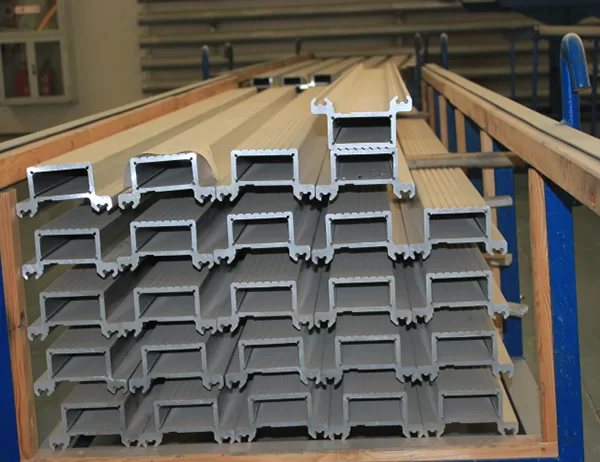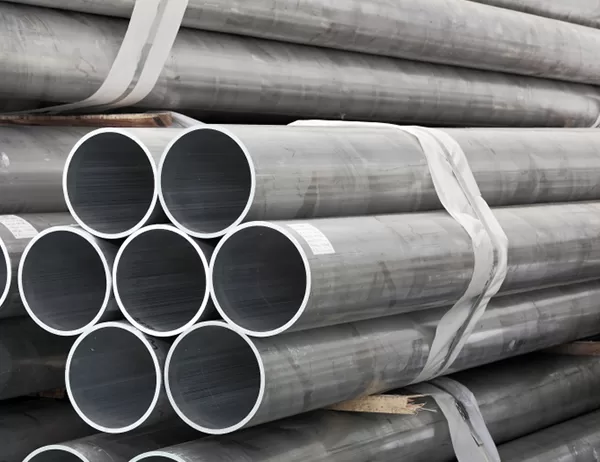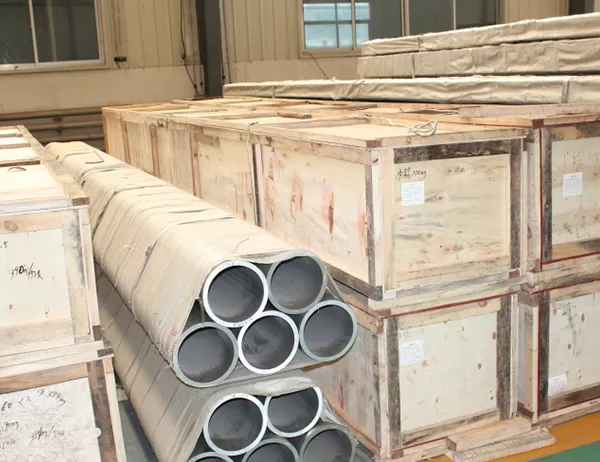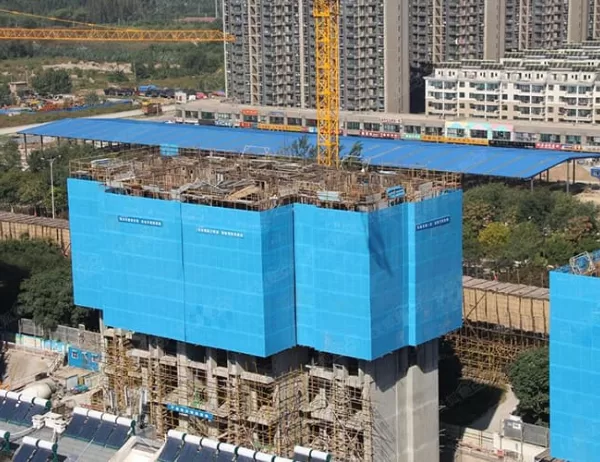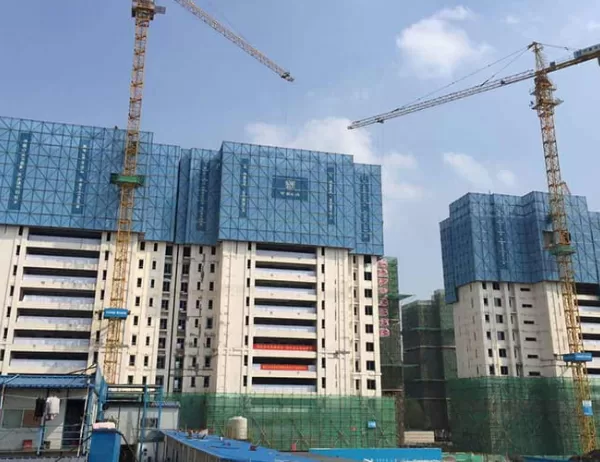In a world driven by innovation and technological advancements, the evolution of 100mm aluminum tubes has played a pivotal role in various industries. From their initial conception to the present-day production processes, these tubes have undergone a transformative journey, shaping the way we design, manufacture, and utilize lightweight and durable materials.
The Genesis: Concept and Design
The idea of 100mm aluminum tubes emerged as a response to the need for lightweight and corrosion-resistant materials in aerospace, automotive, and construction industries. Engineers recognized the inherent strengths of aluminum, including its high strength-to-weight ratio and durability, making it an ideal candidate for structural applications.
Material Selection and Processing
The selection of the appropriate aluminum alloy for 100mm tubes is crucial to meet specific performance requirements. Alloys such as 6061 and 7075 offer a balance of strength, weldability, and corrosion resistance. The tubes are typically manufactured using the extrusion process, where molten aluminum is forced through a die, giving it a specific profile.
Precision Engineering and Manufacturing
To ensure dimensional accuracy and surface finish, 100mm aluminum tubes undergo a series of precision engineering processes. Machining operations such as turning, milling, and drilling create intricate features and tolerances. Additionally, surface treatments like anodizing enhance the tube’s protective properties and aesthetic appeal.
Quality Control and Inspection
Rigorous quality control measures are implemented throughout the production process to ensure the tubes meet stringent standards. Non-destructive testing techniques such as ultrasonic and eddy current testing detect any imperfections or flaws. Dimensional inspections verify adherence to design specifications.
Applications and Impact
100mm aluminum tubes have found widespread applications in diverse industries:
– Aerospace: These tubes are used in aircraft structures, wings, and fuselages, contributing to lightweight and durable designs.
– Automotive: They are employed in chassis components, roll cages, and suspension systems, reducing weight and improving performance.
– Construction: Aluminum tubes are incorporated into curtain walls, window frames, and roofing systems, offering a combination of strength, lightness, and weather resistance.
Future Prospects and Innovations
The evolution of 100mm aluminum tubes continues into the future, driven by advancements in materials science and manufacturing technologies. Composite materials and additive manufacturing techniques hold the potential to create tubes with enhanced properties and lighter weights. Research and development are ongoing to explore new applications and push the boundaries of these versatile materials.
